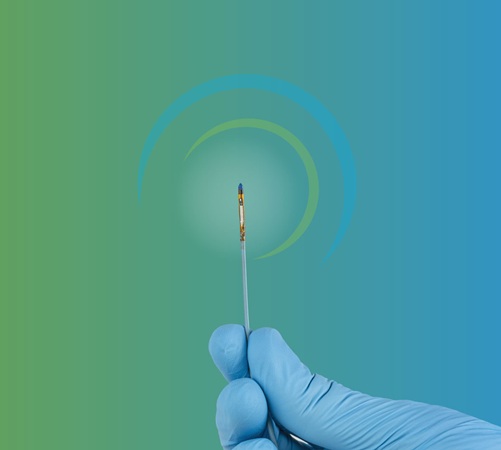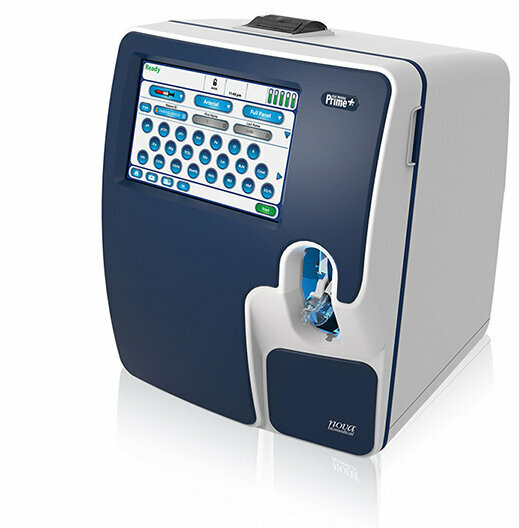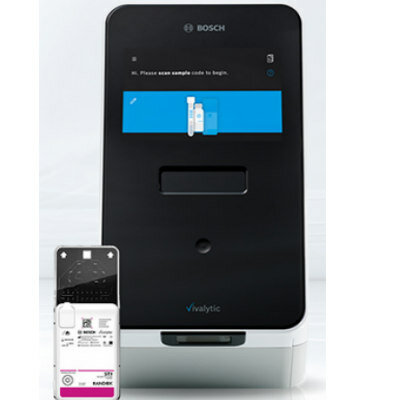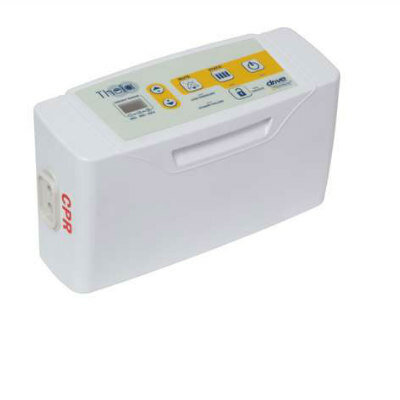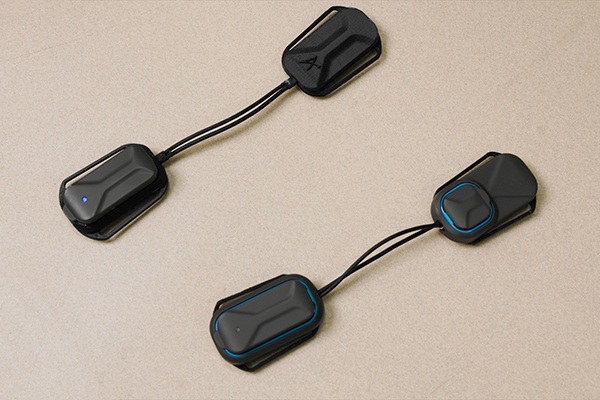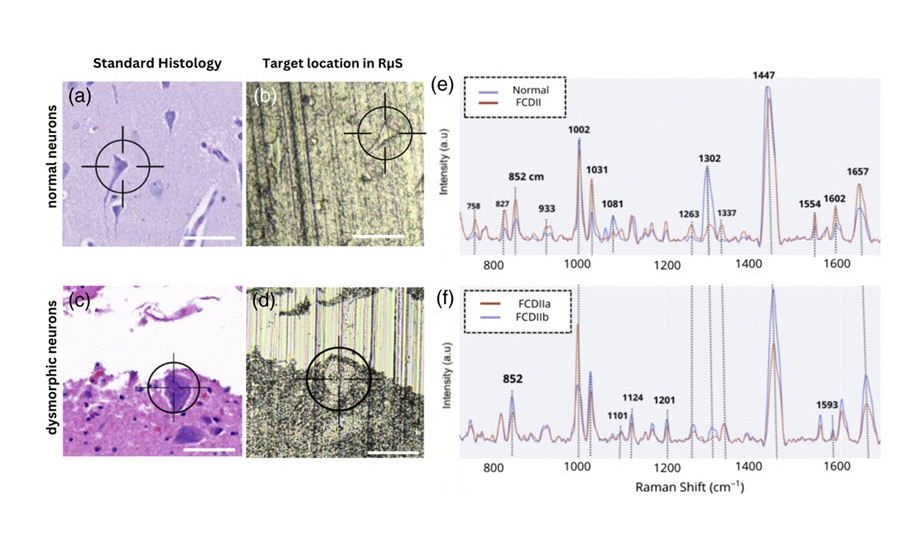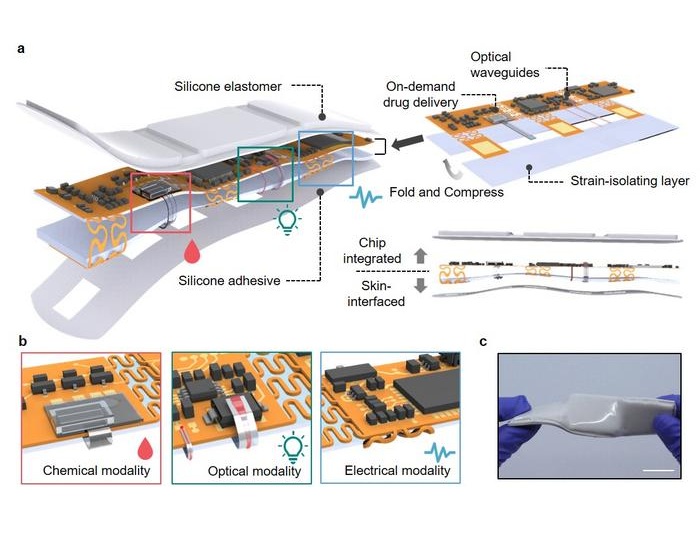New MRI Technology Licensed to GE Medical Systems
|
By HospiMedica staff writers Posted on 07 Aug 2002 |
A new imaging technology called Diffusion Tensor Magnetic Resonance Imaging (DT-MRI), invented by US researchers, has been licensed by the US National Institutes of Health (NIH) to GE Medical Systems (Milwaukee, WI, USA), who will produce and market the product. DT-MRI allows doctors to make detailed, 3-D maps of nerve pathways in the brain, heart muscle fibers, and other soft tissues.
DT-MRI will enable researchers to better understand and diagnose a wide range of medical conditions. Like conventional MRI, DT-MRI is a technology that produces high quality 3-D images of the inside of the body, painlessly, noninvasively, and without using contrast agents or dyes. In addition, DT-MRI produces sophisticated images of soft tissues by measuring the 3-D random motion of water molecules (diffusion) within the tissues.
Since its invention, DT-MRI has had a wide range of applications. Scientists and clinicians have used it to map nerve pathways in the brain, diagnose acute stroke, and determine the effectiveness of new stroke prevention medications. DT-MRI has also been used to map subtle changes in white matter in diseases such as Lou Gehrig's disease, adrenoleukodystrophy (ALD), multiple sclerosis, and epilepsy. This information has helped scientists and clinicians better understand the development of these disorders, a necessary first step in devising new methods to treat them.
"Licensing technology like DT-MRI benefits the NIH, the private sector, and the public at large,” said Krishna Balakrishnan, Ph.D., marketing group leader of NIH's Office of Technology Transfer. "It motivates the business world to further develop the product invented at NIH and get it to the public. It also benefits further NIH research by validating its societal applications.”
Related Links:
NIH
GE Medical Systems
DT-MRI will enable researchers to better understand and diagnose a wide range of medical conditions. Like conventional MRI, DT-MRI is a technology that produces high quality 3-D images of the inside of the body, painlessly, noninvasively, and without using contrast agents or dyes. In addition, DT-MRI produces sophisticated images of soft tissues by measuring the 3-D random motion of water molecules (diffusion) within the tissues.
Since its invention, DT-MRI has had a wide range of applications. Scientists and clinicians have used it to map nerve pathways in the brain, diagnose acute stroke, and determine the effectiveness of new stroke prevention medications. DT-MRI has also been used to map subtle changes in white matter in diseases such as Lou Gehrig's disease, adrenoleukodystrophy (ALD), multiple sclerosis, and epilepsy. This information has helped scientists and clinicians better understand the development of these disorders, a necessary first step in devising new methods to treat them.
"Licensing technology like DT-MRI benefits the NIH, the private sector, and the public at large,” said Krishna Balakrishnan, Ph.D., marketing group leader of NIH's Office of Technology Transfer. "It motivates the business world to further develop the product invented at NIH and get it to the public. It also benefits further NIH research by validating its societal applications.”
Related Links:
NIH
GE Medical Systems
Latest Technology News
- TAVR Reduces Heart Valve Replacement Mortality
- Comunicación de pacientes en coma mediante interfaz cerebro-computador
- Innovative Spectrograph Has Medical Applications
- Digital Planning System Integrated into PACS for Orthopedic Applications
- Varian Medical Systems Earns Top Marks in Oncology IT Study
- In-Home Medical Device Assist Health Management
- RIS Mammography Module Improves Screening Administration in Denmark
- Chart Scanning Program Optimizes Emergency Department Billing
- RIS Customized for Multiple Client Facilities
- Automatic Processing Module Enhances Digital Imaging Workflow
Channels
Artificial Intelligence
view channel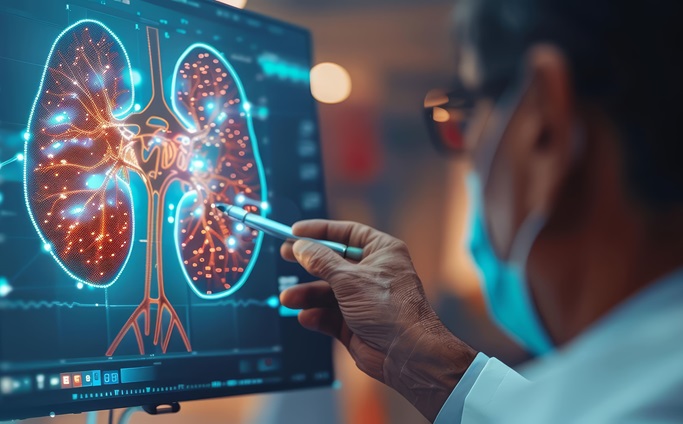
Innovative Risk Score Predicts Heart Attack or Stroke in Kidney Transplant Candidates
Heart researchers have utilized an innovative risk assessment score to accurately predict whether patients being evaluated for kidney transplants are at risk for future major cardiac events, such as a... Read more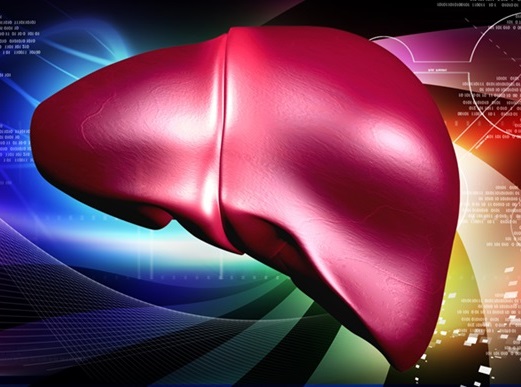
AI Algorithm Detects Early-Stage Metabolic-Associated Steatotic Liver Disease Using EHRs
Liver disease, which is treatable when detected early, often goes unnoticed until it reaches advanced stages. Metabolic-associated steatotic liver disease (MASLD), the most prevalent form of liver disease,... Read moreCritical Care
view channel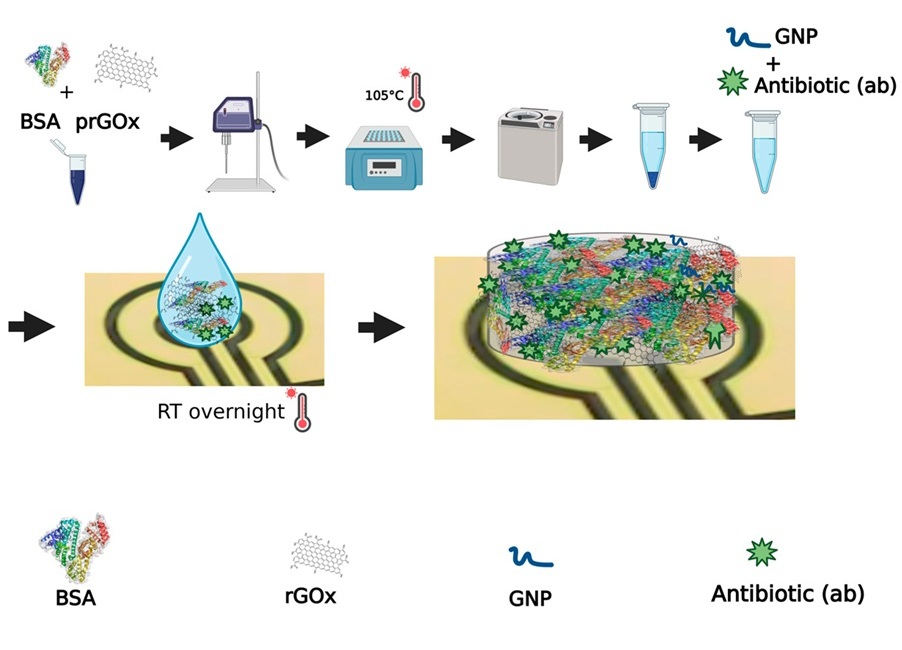
Novel Coating Significantly Extends Longevity of Implantable Biosensors
Wearable and implantable biosensors capable of accurately detecting biological molecules in a non-invasive or minimally invasive way offer enormous potential for monitoring patients’ health and their responses... Read more
Nanogel-Based Drug Delivery Technology to Improve UTI Treatment
Urinary tract infections (UTIs) are not only widespread and costly but also highly debilitating, significantly impacting the quality of life for those affected. The antibiotics commonly used to treat UTIs... Read more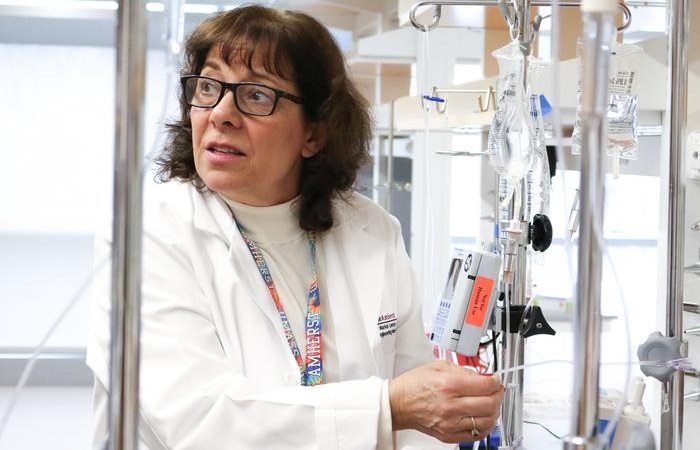
New IV Pole Improves Safety and Ease of Administering IV Medications at Hospital Bedside
Preventable medication errors affect around 500,000 hospitalized patients in the U.S. every year. A significant portion of these errors occur with intravenous (IV) smart pumps, which require a precise... Read moreSurgical Techniques
view channel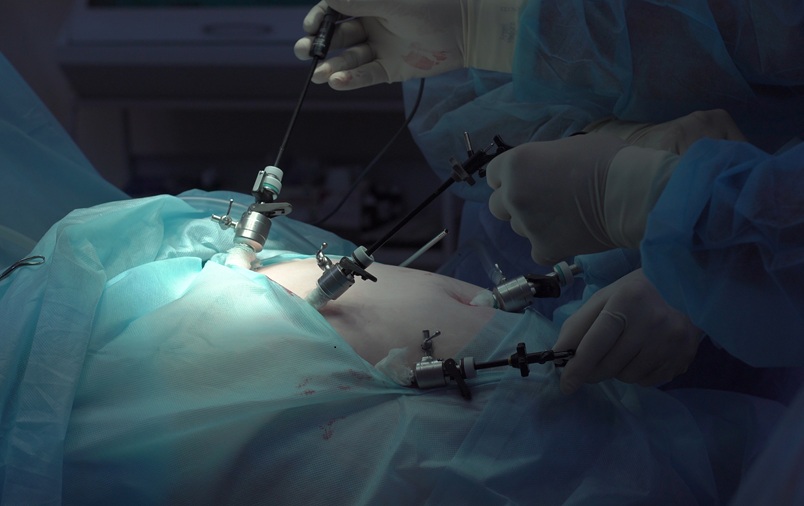
Easy-To-Apply Gel Could Prevent Formation of Post-Surgical Abdominal Adhesions
Surgical adhesions are a frequent and often life-threatening complication following open or laparoscopic abdominal surgery. These adhesions develop in the weeks following surgery as the body heals.... Read more
Groundbreaking Leadless Pacemaker to Prevent Invasive Surgeries for Children
Leadless pacemakers marked a significant advancement in cardiac care, primarily because traditional pacemakers are dependent on leads, which are prone to breakage over time. Currently, two FDA-approved... Read morePatient Care
view channel
Portable Biosensor Platform to Reduce Hospital-Acquired Infections
Approximately 4 million patients in the European Union acquire healthcare-associated infections (HAIs) or nosocomial infections each year, with around 37,000 deaths directly resulting from these infections,... Read moreFirst-Of-Its-Kind Portable Germicidal Light Technology Disinfects High-Touch Clinical Surfaces in Seconds
Reducing healthcare-acquired infections (HAIs) remains a pressing issue within global healthcare systems. In the United States alone, 1.7 million patients contract HAIs annually, leading to approximately... Read more
Surgical Capacity Optimization Solution Helps Hospitals Boost OR Utilization
An innovative solution has the capability to transform surgical capacity utilization by targeting the root cause of surgical block time inefficiencies. Fujitsu Limited’s (Tokyo, Japan) Surgical Capacity... Read more
Game-Changing Innovation in Surgical Instrument Sterilization Significantly Improves OR Throughput
A groundbreaking innovation enables hospitals to significantly improve instrument processing time and throughput in operating rooms (ORs) and sterile processing departments. Turbett Surgical, Inc.... Read moreHealth IT
view channel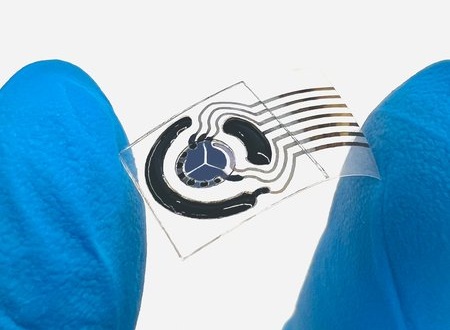
Printable Molecule-Selective Nanoparticles Enable Mass Production of Wearable Biosensors
The future of medicine is likely to focus on the personalization of healthcare—understanding exactly what an individual requires and delivering the appropriate combination of nutrients, metabolites, and... Read more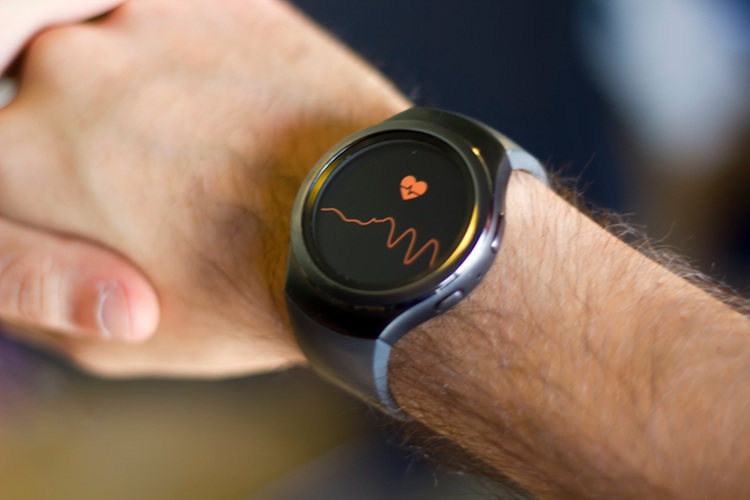
Smartwatches Could Detect Congestive Heart Failure
Diagnosing congestive heart failure (CHF) typically requires expensive and time-consuming imaging techniques like echocardiography, also known as cardiac ultrasound. Previously, detecting CHF by analyzing... Read morePoint of Care
view channel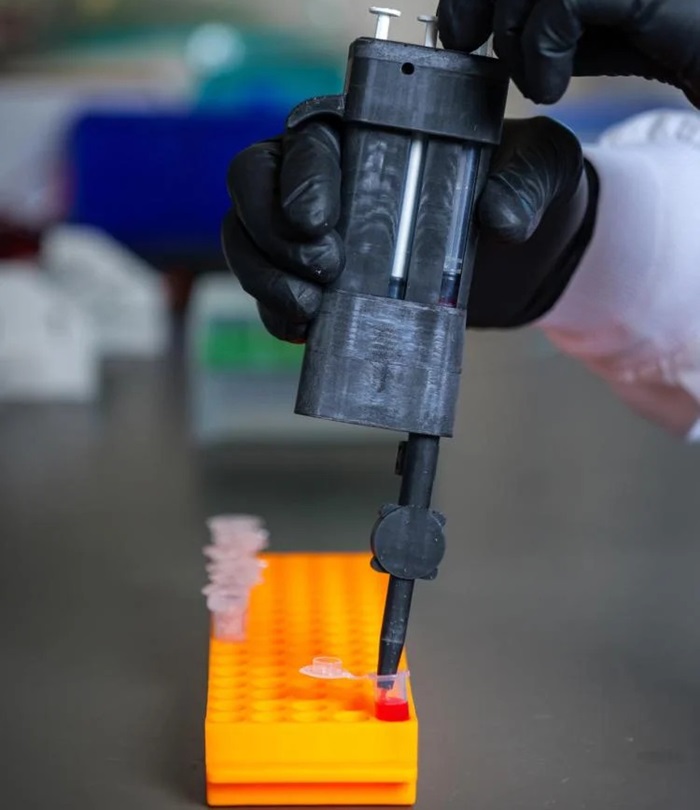
Handheld, Sound-Based Diagnostic System Delivers Bedside Blood Test Results in An Hour
Patients who go to a doctor for a blood test often have to contend with a needle and syringe, followed by a long wait—sometimes hours or even days—for lab results. Scientists have been working hard to... Read more
Smartphone-Enabled, Paper-Based Quantitative Diagnostic Platform Transforms POC Testing
Point-of-care diagnostics are crucial for public health, offering rapid, on-site testing that enables prompt diagnosis and treatment. This is especially valuable in remote or underserved regions where... Read moreBusiness
view channel
Becton Dickinson to Spin Out Biosciences and Diagnostic Solutions Business
Becton, Dickinson and Company (BD, Franklin Lakes, NJ, USA), has announced that its board of directors has unanimously authorized BD management to pursue a plan to separate BD's Biosciences and Diagnostic... Read more